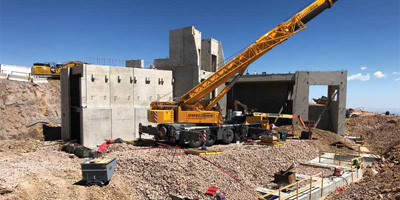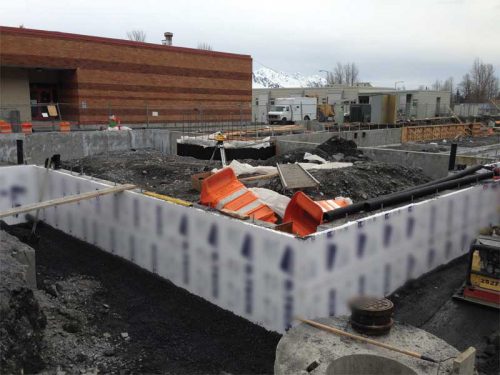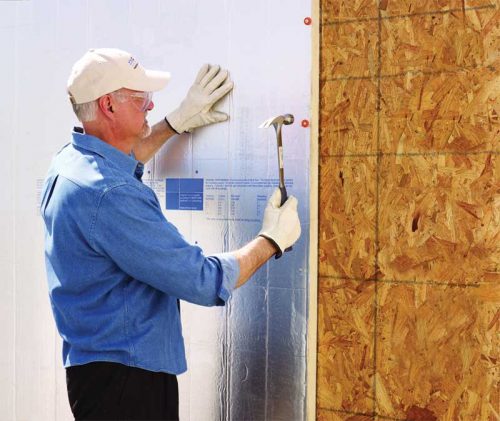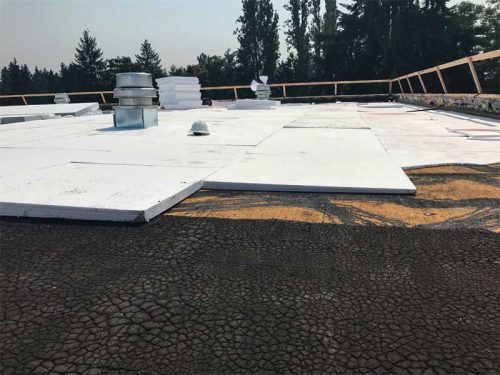EPS insulation excels at Pikes Peak
The design team and project partners enlisted to reimagine the new Summit House, which is more than double the size of the former structure, were met with a unique set of opportunities and challenges: revitalizing the sky-high attraction while adhering to the highest green building standards.








